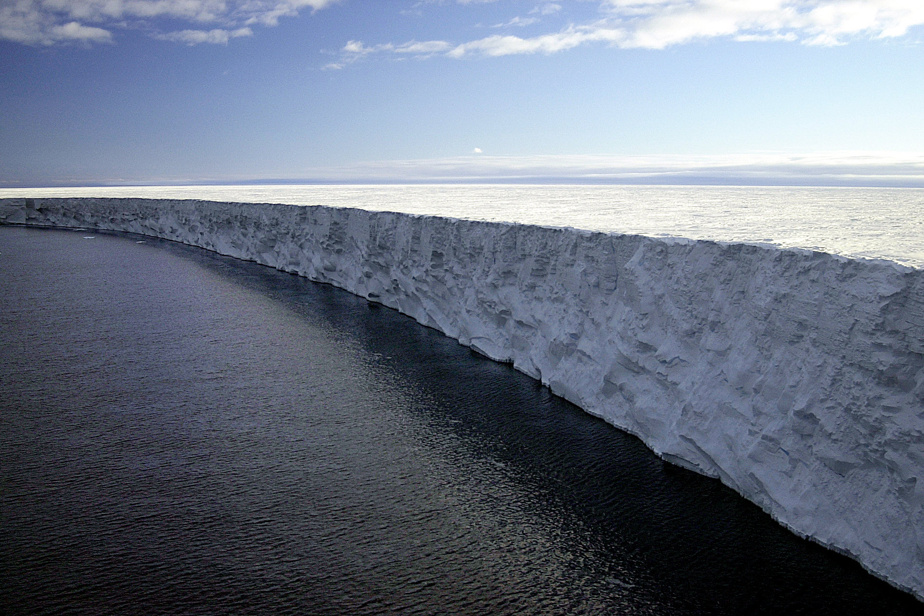(Paris) The world experienced its second warmest March and the extent of Antarctic sea ice reached its second lowest level for this month, after a record in February, according to data from the European Observatory of the climate released on Thursday.
“Following a record low extent in February, Antarctic sea ice has reached its second lowest level for March in the 45 years that satellite data have been recorded,” said Samantha Burgess, Deputy Head of the Climate Change Observatory. European Union Copernicus.
In March, which corresponds to the austral autumn, sea ice extent was 28% below average. It thus reached 3.2 million km2, or 1.2 million below the 1991-2020 average for this month, said a Copernicus spokesperson.
On the other side of the Earth, Arctic sea ice extent was 4% below average.
Last month, temperatures were above average in central and southern Europe but below average over most of northern Europe.
It was warmer than usual over large areas including North Africa, southwestern Russia and most of Asia, where many monthly records were broken.
Well above average temperatures were still recorded in northeastern North America, Argentina and its neighbors, large parts of Australia and coastal regions of Antarctica.
The past eight years have been the hottest on record anywhere in the world, all exceeding pre-industrial temperatures by more than a degree, Copernicus had established in January.
This warming is the result of human activity, in particular the use of fossil fuels which release greenhouse gases.

